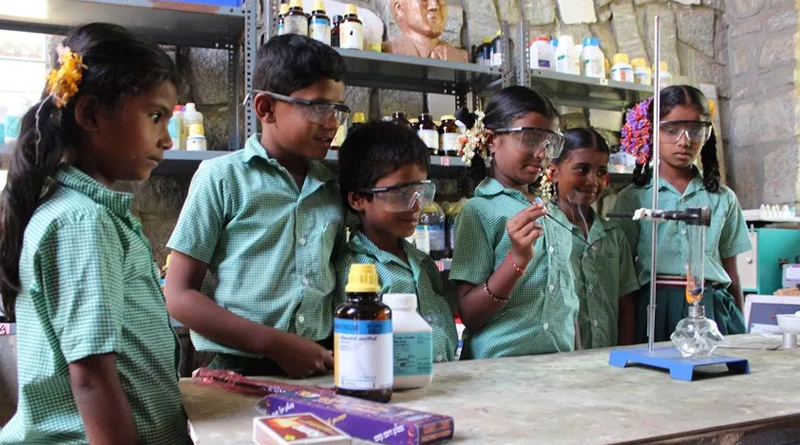One of India’s biggest failures is education. Before Independence, India’s best brains came from government schools. Today they are so rotten that poor parents switch their children from free government schools into expensive but better private schools.
In a PISA (Programme for International Student Assessment) competition in 2012, India came second last among 73 countries despite being represented by its two best states, Tamil Nadu and Himachal Pradesh. The official reaction was to stop participating in PISA and criticise PISA’s methodology. By contrast, Vietnam saw PISA as a way of discovering its educational weaknesses and correcting them, and has risen today close to the top of PISA. Fortunately, India has finally seen the light and plans to restart competing in PISA in 2021.
Rote learning is the rule in most Indian schools. The aim is to learn answers by heart and not question teachers, experiment with new ideas or argue. The government emphasis is on inputs like classrooms, toilets and midday meals, not learning outcomes.
T S Eliot once asked, “Where is the wisdom we have lost in knowledge? Where is the knowledge we have lost in information?” The Indian school system focuses on information rather than knowledge, and certainly not wisdom.
Luckily, experiments are afoot to change the system. Recently I visited the Agastya International Foundation’s ‘Campus Creativity Lab’ in a rural area in Kuppam district, Andhra Pradesh. Launched by Ramji Raghavan, it aims at five fundamental shifts in learning. These are from “yes” to “why”, from “looking” to “learning to observe,” from “passive absorption” to “exploration”, from “textbook-bound or internet-hooked” to “hands on,”, and from “fear” to “confidence.”
Children at the school experiment with hands-on techniques in the arts, crafts and sciences. They think up projects and execute them. Raghavan describes his three techniques as “Ah, Aha and Ha Ha.”
“Ah” is what children exclaim when simple, counterintuitive experiments, models and experiences are used to create wonder, delight, curiosity and enthusiasm.
“Aha” is what children say when they gain insights encouraged by a spirit of enquiry, exploration, discovery and perseverance through projects and discussions.
“Ha Ha” is the replacement of the typical fear and anxiety of students by joy and fun, creating positive emotional connections to learning.
Raghavan relates how two rural schoolgirls in his school sat under a peepul tree and started discussing why it felt cooler there, and whether different leaves produced different types of cooling. They developed this into a project that won them an Intel-IRIS science prize at a national competition.
In another case a girl told the class how her father, a labourer, came home with blistered hands. Through discussions with other children and teachers, she used school facilities to develop a new glove with padding at the exact spots where her father got sores, and open places in between for aeration. This is the sort of learning and innovation that can ultimately create Silicon Valleys in India.
Agastya is not just a school. It has a 172-acre campus that receives 650 schoolchildren every day from neighbouring districts. It covers thousands of villages with 200 mobile laboratories that enable village children to conduct science experiments with the best lab equipment that government schools can only dream of. It even has labs-on-bikes to take the wonders of scientific experiments to more villages.
Agastya now has a large footprint in India. It runs 70 different science centres. It conducts night schools in 540 villages. Having discovered that some children have a talent for teaching, Agastya has trained more than 14,000 Youth Instructors, who are simply children trained to teach other children. This develops early leadership skills and makes learning friendly and fun.
As its fame has spread, seven states now send their teachers to Agastya for teacher training, to find ways of engaging and opening young minds. Since inception, Agastya has reached over 10 million children (of whom half are girls) and trained more than 250,000 teachers.
When I was at Agastya, I met a visiting delegation of teachers from Great Britain who had come to see what they could learn from Agastya. I found it heart-warming that even in a stinking swamp like Indian education some islands of excellence commanded international respect.
Agastya is lucky to have visionary founders and solid backing from Infosys, Rakesh Jhunjhunwala and a host of other corporate donors. Even so it makes only a tiny dent in the pathetic quality of Indian schooling. We need comprehensive school reform. Till then, a thousand institutions like Agastya are needed. Their reach may be limited but they can help open millions of young minds that would otherwise stay shut in dysfunctional government schools.


